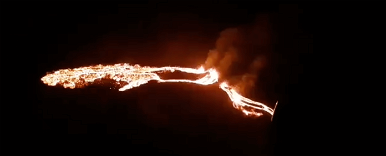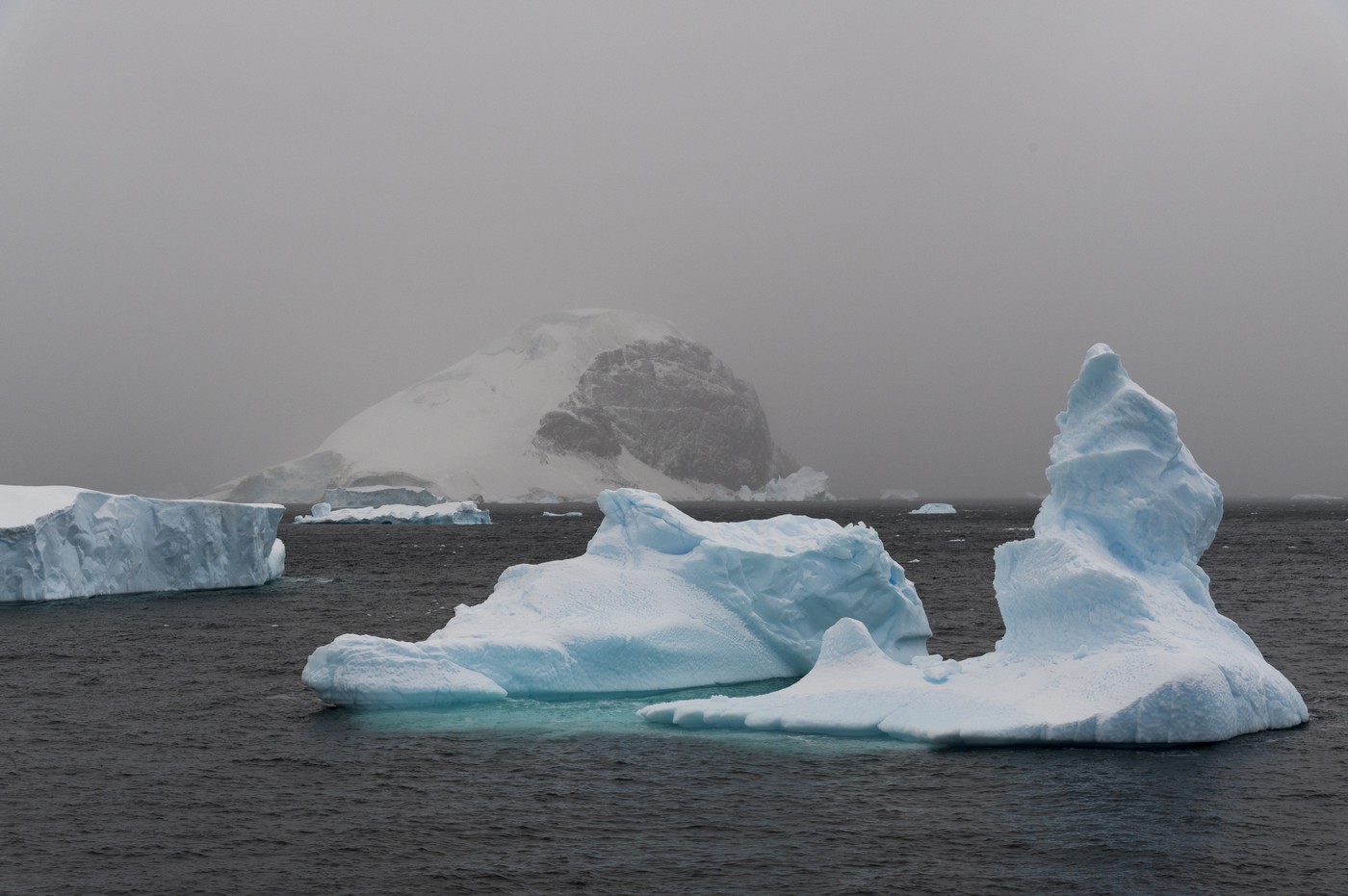The regions beneath the Antarctic ice sheet have always been a mystery to scientists. However, a recently published study sheds new light on this world under the ice. Researchers have discovered an ancient river system beneath the ice sheet in East Antarctica, which formed at least 14 million years ago. This discovery allows us to better understand not only Antarctica's past, but also current and future climate change processes.
The presence of the fluvial system indicates that the region had a relatively stable temperature over the long term, which allowed these geographic phenomena to persist. These types of well-preserved landscapes help scientists understand how the ice sheet behaves during climate change and what impacts future melting ice may have. “The area beneath the East Antarctic ice sheet is less known than the surface of Mars,” said Stuart Jamieson, a professor in the Department of Geography at Durham University.
The researchers used satellite images of small waves on the surface of the ice sheet to study the landscape beneath the ice. They also used radio echo sounding techniques to see the ice and map the geology beneath the ice. These methods confirmed the presence of ancient landscapes at several sites.
1,200 years before the official discovery, people had already visited Antarctica – and scientists came to an unexpected conclusion.
Read more…
Read more…
The area explored by the researchers is at least 300 kilometers from the ice edge, so any potential surface is still far away. However, this does not diminish the importance of this discovery, which provides further evidence of the long-term stability of the ice sheet and the underlying landscape. These landscapes play a key role in determining ice flow and the overall resilience of the ice sheet in times of climate change.
The study's authors, including Professor Neil Ross from Newcastle University, believe this research represents a major advance in the field of polar science. The researchers' goal is to continue, Unexplored areas They will also be mapped to better understand the history of the ice sheet and its future changes.

A volcano that has been dormant for 6,000 years has erupted in Iceland
Read more…
Read more…
a Search group, supported by organizations such as the UK's Natural Environment Research and Innovation Council, the US National Science Foundation and NASA, want to continue exploring the world beneath the Antarctic ice. These discoveries not only shed light on Antarctica's past, but also help predict how the ice sheet will respond to current and future environmental challenges.
Taken together, this research sheds light on a previously hidden world and challenges previous assumptions about Antarctica's geological history and climate patterns. Exploration of the world under the ice is just beginning, providing scientists with exciting new opportunities to understand our planet's past and future.
source: iFLScience












































